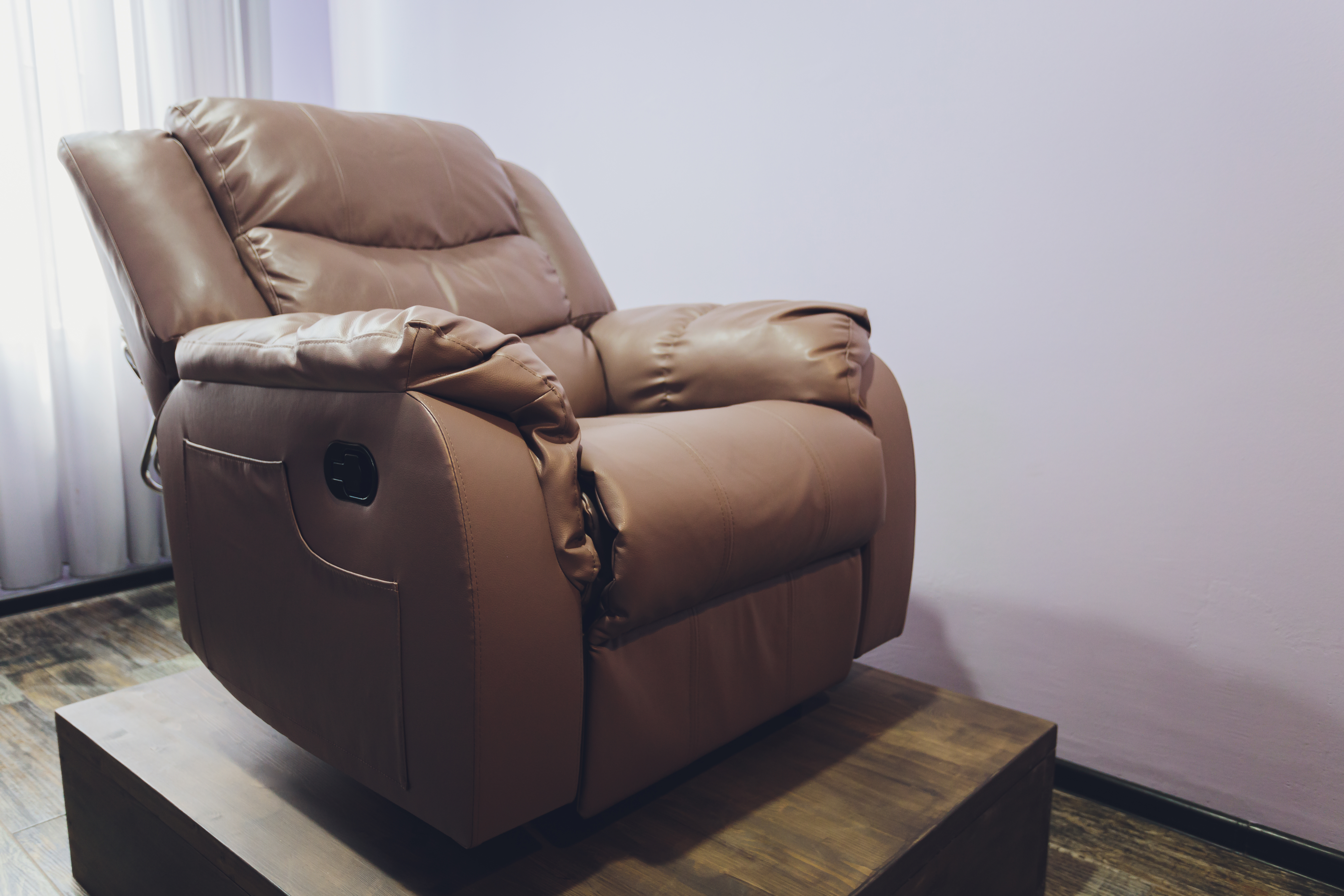Rocking Chairs: Design, Woodworking, and Practical Use
A rocking chair is both a functional piece of furniture and a tactile connection to traditional woodcraft. From simple porch rockers to sculpted indoor chairs, rocking chairs combine comfort, motion, and aesthetics. This article walks through design considerations, how rocking chairs fit into modern interiors, wood choices, basic woodworking approaches to construction, and upkeep so you can better evaluate or care for a rocking chair in your home.

rocking chair design and ergonomics
Design matters for comfort and safety in any rocking chair. A well-designed rocker balances seat height, back angle, and rocker curvature so the motion is smooth without tipping. Consider seat depth and arm height relative to a user’s body size; a shallow seat can feel unstable, while an overly deep one reduces lumbar support. Slat backs, bent plywood, and upholstered seats change how pressure distributes and affect long-term comfort. For households with children or older adults, look for lower rock radius and wider base for added stability. Materials and joinery also influence how the design performs over time.
furniture placement and interior use
Where you place a rocking chair affects both its function and its visual impact as a piece of furniture. Rockers need extra clearance front and back for the arc of motion, so avoid tight corners. In living rooms, pair a rocking chair with a stable side table and a non-slip rug to protect floors and keep the chair from drifting. On porches and sunrooms, choose finishes and cushions meant for outdoor exposure. In nurseries, keep a soft surface underneath and ensure there’s enough room for feeding, burping, and shifting positions without obstruction.
wood selection for rocking chairs
Wood choice influences durability, weight, and appearance. Hardwoods like oak, maple, and walnut are commonly used for their strength and attractive grain; they stand up well to repeated stress at joints and rockers. Softwoods such as pine will be lighter and less costly but can dent or wear faster. Consider movement and moisture: some species are more stable with seasonal humidity changes. For painted rockers, lower-cost woods can work if properly sealed; for visible grain and heirloom quality, opt for quartersawn or stable hardwoods. Environmental and sourcing considerations—such as certified lumber—may also be important.
chair construction and woodworking techniques
Basic woodworking for a rocking chair involves reliable joinery, accurate curves, and balanced symmetry. Mortise-and-tenon joints and dowel reinforcement are common where arms and legs meet; these joints resist the repetitive shear forces rocking produces. Cutting rocker curves requires templates and careful sanding to provide consistent arc on both rockers. Steam-bent or laminated components are used for curved backs and seats in some designs. Finish selection—oil, varnish, or paint—protects wood and affects repairability. Whether building from a kit or plans, measure twice, dry-fit assemblies, and use clamps to ensure tight joints before final glue-up.
woodworking maintenance and care for wood chairs
Regular maintenance extends a rocking chair’s life and keeps it safe to use. Inspect joints periodically for looseness and regluing needs; small gaps often can be addressed with targeted glue and clamps. For finished wood surfaces, clean with a mild soap solution and avoid harsh chemicals; reapplication of wax or thin coats of oil can revive luster on oil-finished pieces. Protect feet and rockers with felt pads or rubber caps on indoor chairs to prevent floor damage. For outdoor use, use UV-resistant finishes and store indoors in winter. If refinishing is necessary, strip back to sound wood before applying new stain or finish.
Conclusion
Rocking chairs bridge form, function, and craftsmanship—serving as practical furniture, a woodworking project, or a durable heirloom. Choosing the right design means matching ergonomics, placement, and materials to intended use. Understanding wood selection, joinery techniques, and straightforward maintenance helps ensure a rocking chair remains comfortable, safe, and visually fitting in your space for years.






